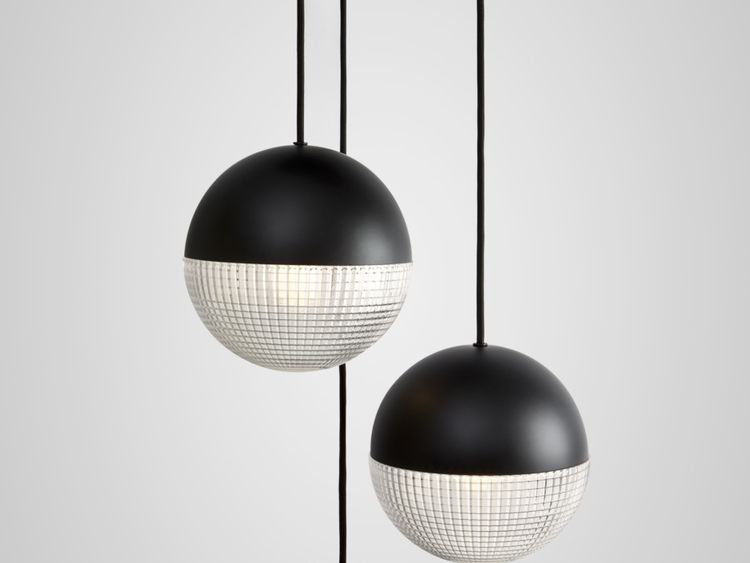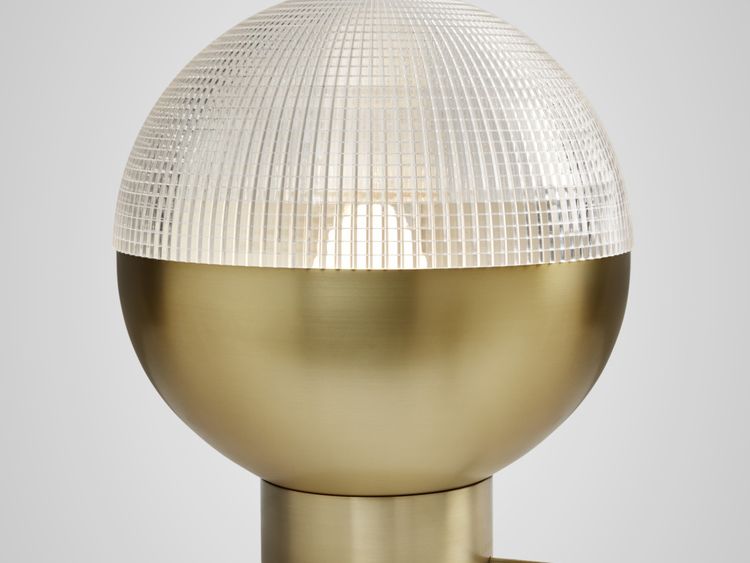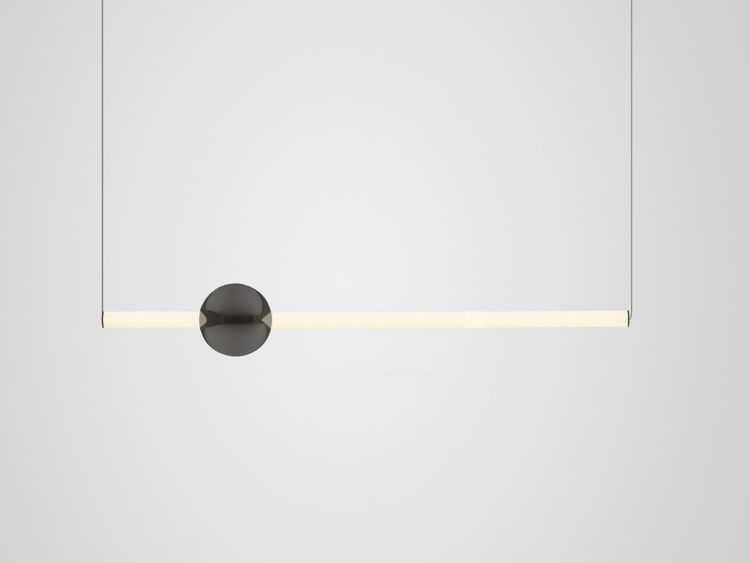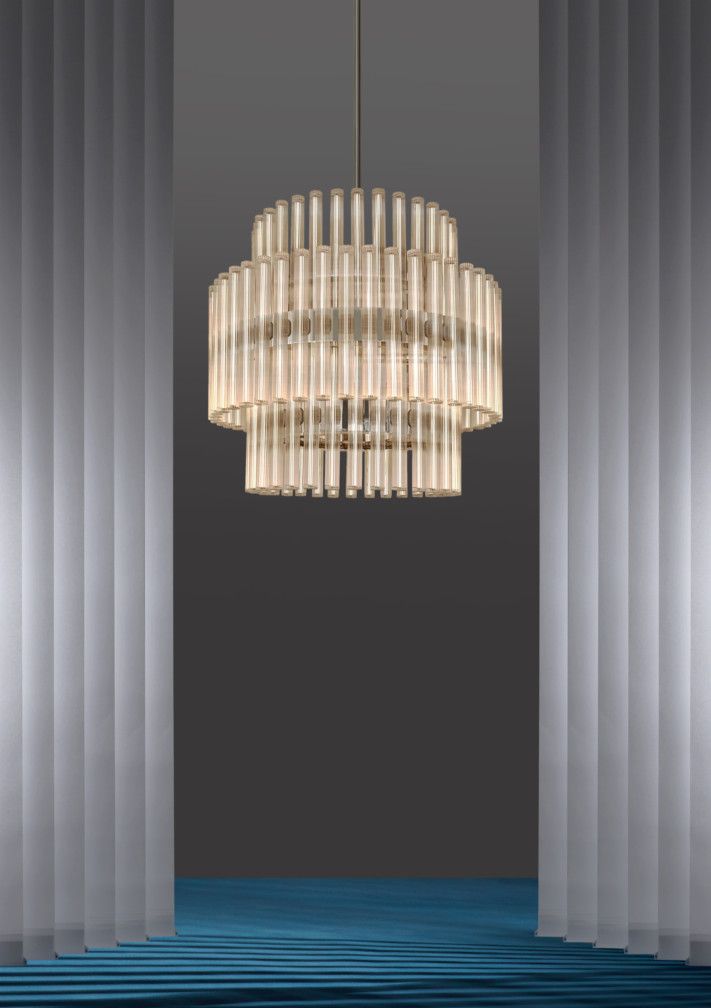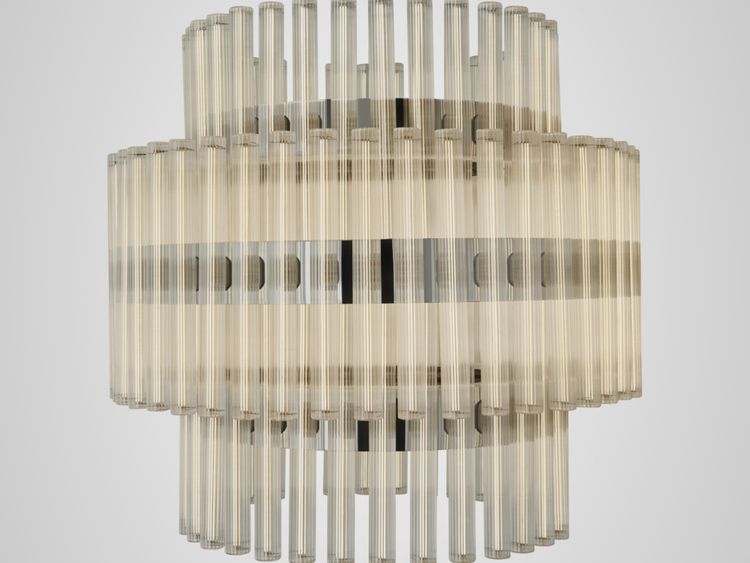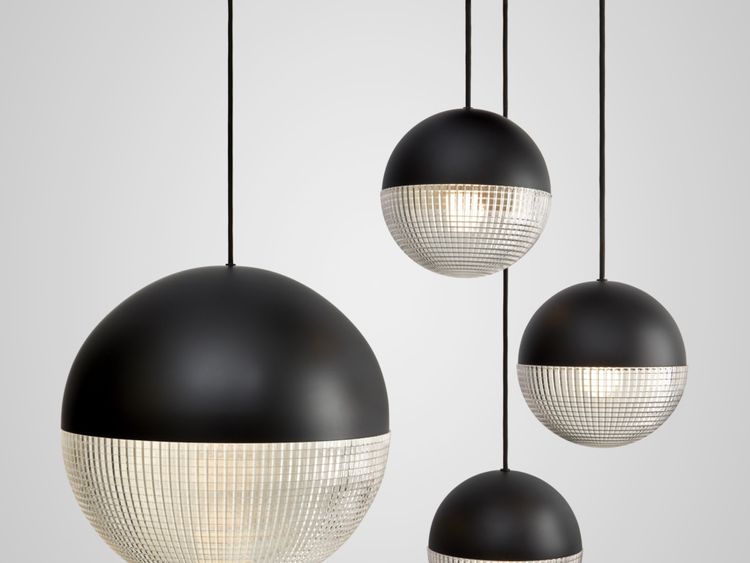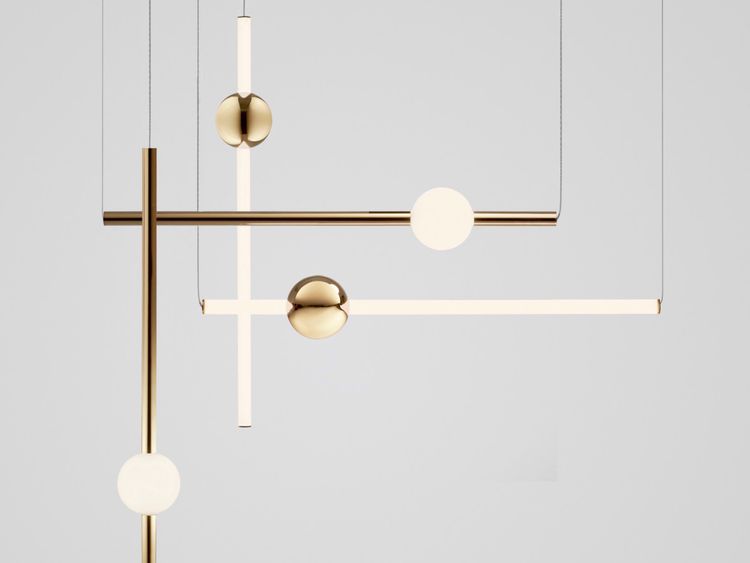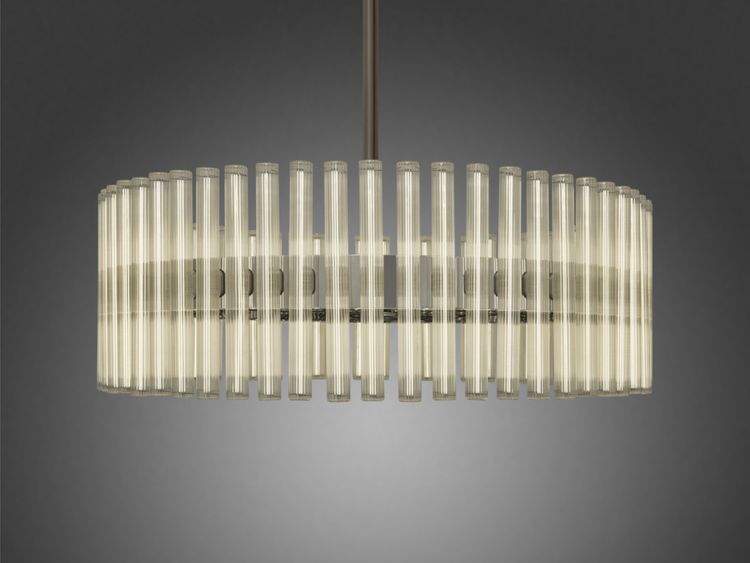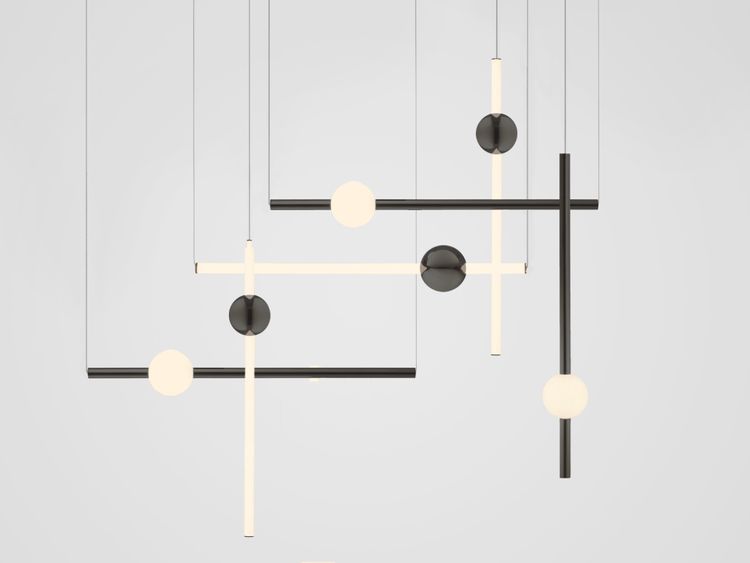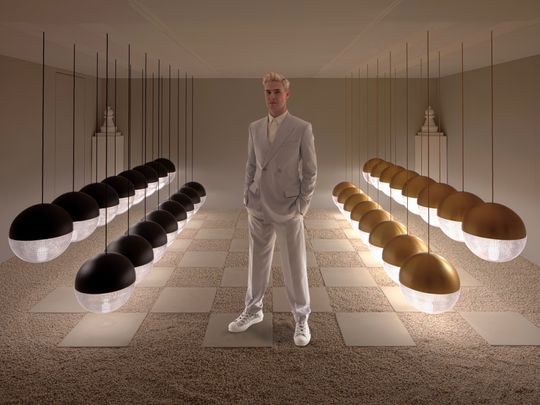
From being hailed as Britain’s poster child of craft cool to being a globally recognised name in design, in a short 13 years, Lee Broom has achieved what most designers only dream of: full and complete control over his namesake brand and creative destiny. From design and production to how he presents his work and who he decides to collaborate with, Broom’s approach has married creativity with commercial sense from the get go.
From all that you have so far created, if you were to choose one collection/ object as your favourite, what would that be and why?
It would definitely be my Observatory Collection, which launched in Milan in 2018. I hadn’t created a collection that was exclusively lighting before and I was curious to know how the collection would be received. I wanted to keep my design ethos of producing classic and contemporary pieces, but I also wanted to push the boundaries of LED technology without losing the character. I was very happy with how successful the products became, especially the Orion light, which I thought would perhaps turn out to be more of a showpiece light for the collection but it has turned out to be our biggest selling product ever.
When you were starting out, what was the most valuable advice you received?
Do your own thing. Vivienne Westwood said it to me when I was 18 and was working for her in the 90s. I was about to leave my apprenticeship with her to study fashion at Central Saint Martins. It has always stuck with me since.
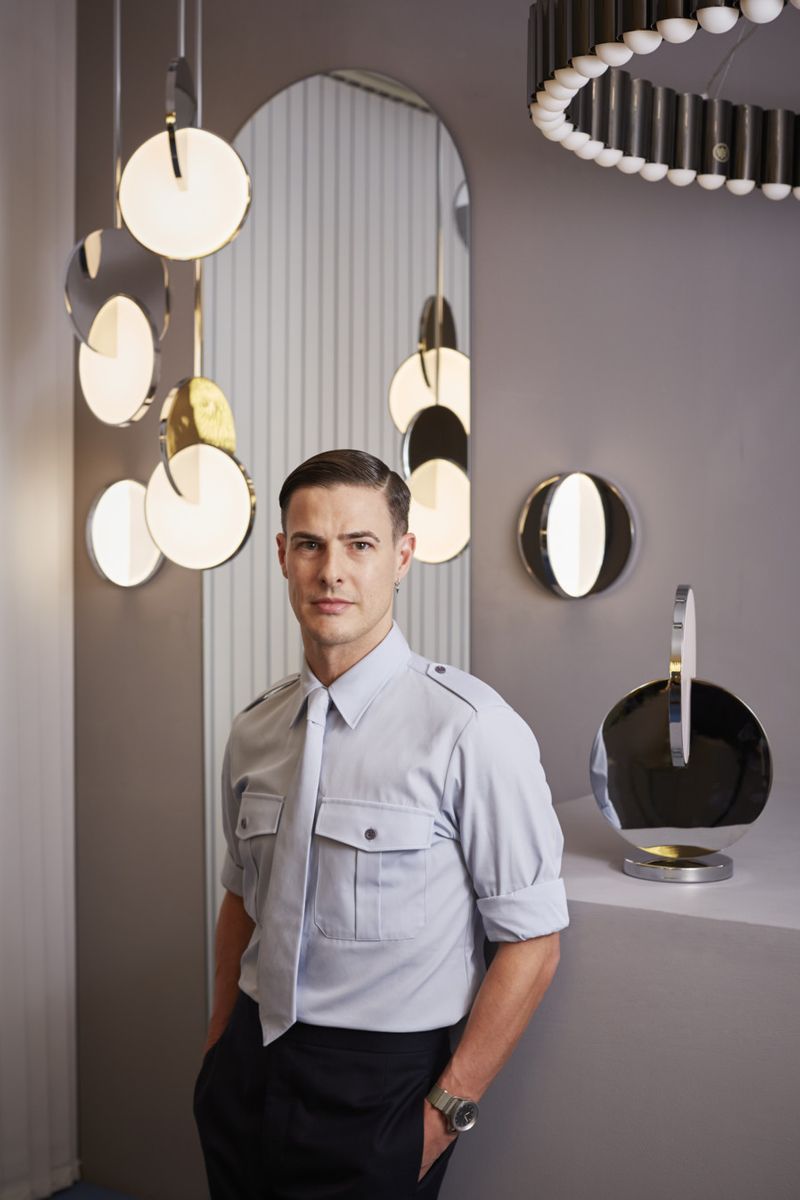
Your work focuses a lot on traditional crafts. Why is contemporising craft so important to you?
This also really stems from having worked for Vivienne. She taught me how to look to the past for inspiration and technical ability. This is something I certainly adopted in my own work in furniture and lighting design in the earlier years. Initially I became interested in traditional craft here in Britain and how I could interpret that into modern pieces. I ended up becoming hugely inspired by the talented craftspeople I met, and whilst I was learning from them, I was also pushing them to work outside of the box, to push their craft into unknown territory. Although my more recent work has been focused on incorporating innovative technology, there is still always an element of craft.
How has COVID-19 impacted you as a designer and creative agent? What are the challenges you faced?
We first of all faced a number of hurdles to get through as a business. A lot of my contemporaries purely design for other brands; however, we design, manufacture and distribute all our products all over the world so there was a lot of plate spinning in the initial few weeks to get things settled. We’ve now adapted to new ways of working and business is going fine. The upside of this is I have been at home a lot more so have been designing and sketching much more than usual which has been the silver lining.
Do you think this pandemic will have any impact on how we design and how we consume design? If so, what change do you hope for?
There will most certainly be a shift yes, perhaps not so much in how we design but how we present and market our work. I do believe that people will always want to physically interact with pieces, however I do think there will be more emphasis on virtual. Even testing the market virtually before the real product goes to market.



